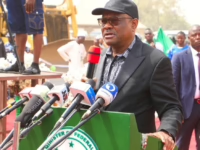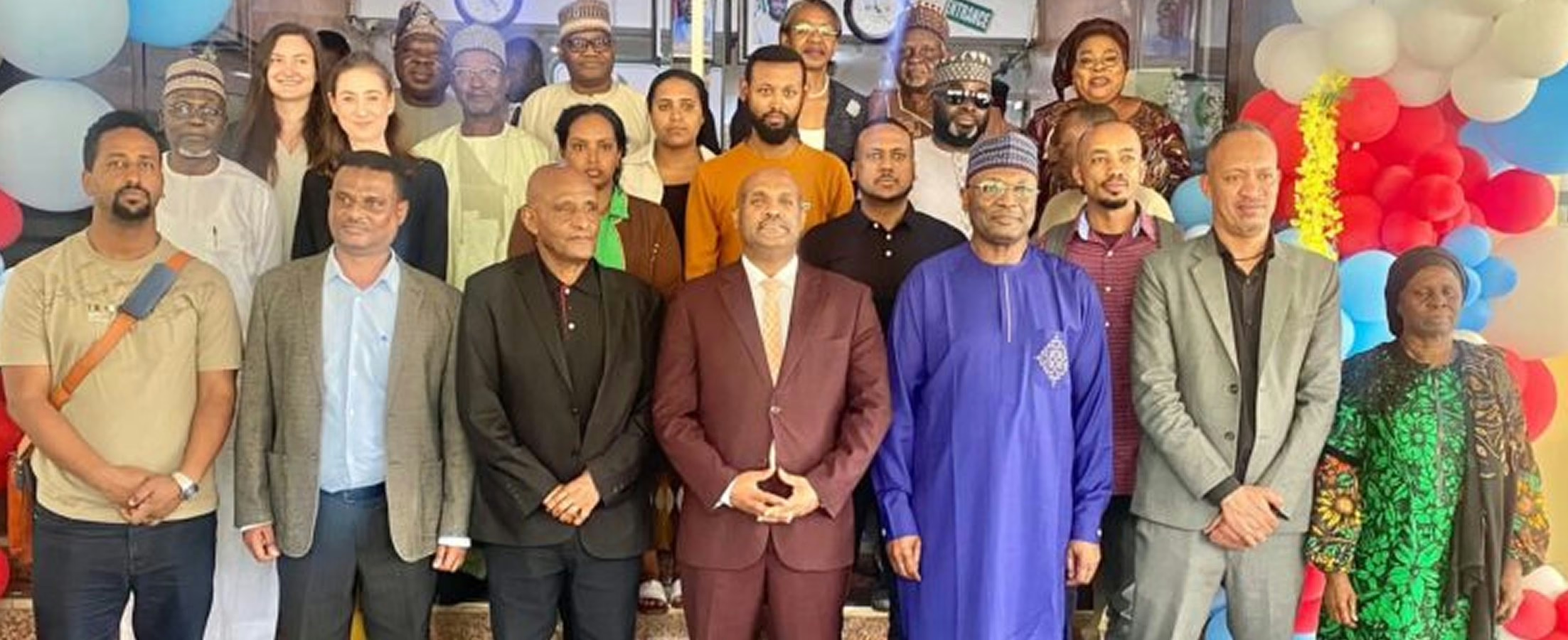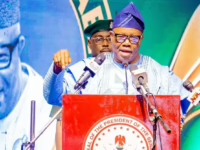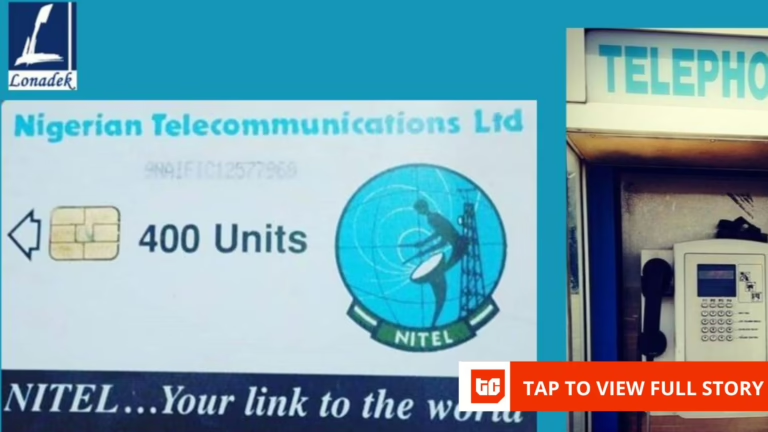Nigerian Telecommunications Limited (NITEL) once stood as Nigeria’s premier telecom provider, envisioned as a beacon of modern communication. However, its trajectory quickly became emblematic of inefficiency, mismanagement, and unfulfilled potential. Today, its successor, ntel, grapples with survival as the Asset Management Corporation of Nigeria (AMCON) undertakes a final effort to restructure the company and attract fresh investment.
Origins Marked by Challenges
Formed in 1985 through the consolidation of the telecommunications divisions of the Post & Telegraph (P&T) and Nigerian External Communications (NET), NITEL’s inception was fraught with difficulties. Chief Ezekiel Fatoye, a former Executive Director at NITEL and Multi-Links, recalls the merger as fundamentally flawed.
“NET employed around 1,500 people, while P&T had 31,000,” Fatoye explained in an interview. “The directive was to reduce the combined workforce to 17,000 or fewer, meaning over half the staff had to be laid off.”
That same year, the government enlisted British Teleconsult, a British Telecom (BT) subsidiary, to assist with commercialising and privatising the mtn-resume-telkom-sa-acquisition-2025/” title=”… Set to Restart Telkom SA Acquisition Talks by Late 2025: A New Chapter in Telecom Awaits”>telecom sector. Yet, morale plummeted. “The first year was chaotic. Employees were disoriented and lacked understanding of the business,” Fatoye noted.
Government expansion goals were overly ambitious. In 1975, military ruler General Murtala Muhammed tasked P&T with increasing subscriber numbers from 42,000 to one million. Contracts awarded to international suppliers, including Ericsson, were poorly coordinated. Equipment arrived before infrastructure was ready, forcing temporary facilities in Ikoyi, Ikeja, and Apapa to serve as makeshift exchanges.
“We had to store equipment in air-conditioned warehouses to prevent damage,” Fatoye said. “Meanwhile, a $200 million investment in a balloon-based transmission system from a U.S. contractor failed completely, with equipment abandoned and generators stolen.”
Monopoly Era and the Onset of GSM Competition
Despite these early setbacks, NITEL maintained a monopoly throughout the late 1980s and 1990s, offering local calls at rates as low as 2 kobo-well below operational costs. The Technical Committee on Privatisation and Commercialisation (TCPC), established in 1988, managed to keep NITEL among the few state enterprises edging toward profitability, though infrastructure development lagged behind demand. The TCPC evolved into the Bureau of Public Enterprises (BPE) in 1993.
The government’s strategy focused on expanding domestic lines, upgrading international connectivity, and broadening access to services like fax and telex. NITEL was partially listed on the Nigerian Stock Exchange as NITEL PLC in an effort to commercialise operations. However, reforms consistently failed to keep pace with the rapidly growing demand for digital communication.
GSM Emerges, NITEL Falters
The introduction of Global System for Mobile Communications (GSM) in 2001 presented both a challenge and an opportunity. The Obasanjo administration licensed MTN (0803), Econet (0802), Globacom (0805), and NITEL (0824) as mobile operators. While private companies invested between $400 and $500 million annually to expand their networks, NITEL lagged behind, according to telecom insiders.
Operating a mobile network demands substantial capital. Constructing a single cell tower can exceed $120,000, with ongoing costs for fuel, maintenance, and security. Efficient towers consume roughly 1,000 litres of diesel monthly, while poorly managed ones may require double that. Competitors like MTN aggressively funded their infrastructure, but NITEL, still under government control, failed to match this investment, resulting in stagnant subscriber growth.
“Many underestimate the capital intensity of telecom operations,” said a former infrastructure executive who preferred anonymity. “While MTN and Airtel poured over $250 million annually into their networks, NITEL never received comparable funding from the government after securing its license.”
In 1996, the government spun off NITEL’s mobile division as Nigerian Mobile Telecommunications Limited (M-Tel) and sought private management, initiating a prolonged period of unsuccessful privatisation attempts.
The Tumultuous Privatisation Attempts
The first significant privatisation effort occurred in 2001 when Investors International London Limited (IILL) was granted a 51% stake in NITEL. Although IILL paid a 10% deposit, it failed to raise the remaining $1.317 billion, leading the government to cancel the deal and retain the deposit while searching for another buyer.
On April 28, 2003, management was handed over to Pentascope, a relatively unknown Dutch firm with limited telecom experience. Nasir El-Rufai, then Director General of the Bureau of Public Enterprises, was pivotal in selecting Pentascope despite widespread concerns about its capabilities.
The outcome was disastrous. Within two years, active lines plummeted from over 550,000 to under 300,000, revenues halved, and the company swung from a ₦15 billion profit to a ₦19 billion loss. Pentascope received millions while draining NITEL’s assets and deepening its debt. This episode, sanctioned by Vice President Atiku Abubakar’s privatisation council, remains one of Nigeria’s most contentious economic failures.
Subsequent rescue bids also faltered. Egypt’s Orascom Telecom briefly won a bid in 2005, only for the government to revoke it. In 2006, Transcorp acquired NITEL for $500 million, later increased to $750 million, but internal conflicts and funding shortages caused the deal to collapse.
Transcorp, founded in 2004 by six entrepreneurs including Tony Elumelu and Fola Adeola, appointed Funke Opeke to lead NITEL post-acquisition. However, disagreements led to Adeola and Opeke’s departure in 2007 to form MainOne, leaving Elumelu as the sole remaining founder who restructured Transcorp.
“Bringing six unrelated individuals together without shared vision is challenging,” remarked a telecom insider. “They were largely appointed by the President rather than organically aligned.”
Transcorp’s failure was compounded by British Telecom’s withdrawal as technical partner, citing Transcorp’s financial and governance issues. Emirates Telecommunications Corp. (Etisalat) then became NITEL’s primary technical partner and largest shareholder in Mubadala Development Company, which later launched Etisalat Nigeria.
Later bids by the New Generation Consortium ($2.5 billion) and Omen International also collapsed, further eroding NITEL’s position as private competitors strengthened their foothold.
SAT-3: NITEL’s Overlooked Asset
Amid turmoil, NITEL retained a valuable asset: the SAT-3 submarine cable, the first to connect Africa to Europe. Constructed in the late 1990s by a consortium of about 20 countries and companies, SAT-3 granted NITEL exclusive control over international bandwidth for years, generating significant revenue.
Ironically, this financial cushion may have contributed to complacency. Flush with SAT-3 income, NITEL neglected its GSM network and retail services. Competitors like MainOne, co-founded by former NITEL executive Opeke in 2010, eventually broke this monopoly, but by then, NITEL had fallen behind.
The Final Transition: NATCOM and ntel
By 2015, after multiple failed privatisation attempts, NITEL was sold to the NATCOM Consortium, led by businessman Olatunde Ayeni, through a “guided liquidation” process. NATCOM paid $252 million and rebranded the company as ntel.
Initial optimism was high. On January 8, 2024, ntel appointed Adrian Wood, former MTN Nigeria CEO, and launched Nigeria’s first 4G/LTE-only network, delivering impressive data speeds. Early adopters praised its modems for outperforming competitors.
However, challenges persisted. Voice quality was inconsistent, coverage remained limited, and capital constraints hindered expansion. Maintaining infrastructure, including fueling generators and building towers, proved costly. By the early 2020s, ntel was burdened with debts to banks, vendors, and infrastructure partners like IHS. To alleviate financial pressure, the company sold off many of its over 2,000 towers, retaining just over 600.
AMCON’s Intervention
In May 2023, ntel’s financial crisis reached a critical point. The Asset Management Corporation of Nigeria (AMCON), responsible for managing distressed assets, intervened. With banks heavily exposed and creditors unpaid, AMCON negotiated an equity stake to prevent collapse.
Instead of immediate liquidation, AMCON chose to restructure and allowed Ayeni, now a minority shareholder, to seek new investors. Adrian Wood was appointed CEO with a mandate to raise $500 million, but the funding did not materialise, leading to his departure in 2025. In May 2025, Soji Maurice-Diya took over as CEO, tasked with attracting investors or divesting the company.
Since July 2025, 105 employees have been laid off, with plans to recruit younger talent to revitalize the company. The new strategy aims to shed the bureaucratic legacy of NITEL and focus on innovations like network optimisation and specialised connectivity services.
Reflections on a Difficult Legacy
Looking back, Fatoye views NITEL’s decline as inevitable given its shaky beginnings. “There was no proper transmission infrastructure, inadequate housing for equipment, and no cabling to connect sites. From the outset, it was disorganized,” he said.
NITEL’s rise and fall underscore persistent issues in Nigeria’s political economy. First, the immense capital requirements of telecoms were consistently underestimated by policymakers and investors. While MTN and Globacom invested over $200 million annually, NITEL’s funds were largely consumed by payroll.
Second, political interference and insider dealings undermined privatisation efforts. From Pentascope saddling NITEL with debt to Transcorp’s failed acquisition, these missteps cost Nigeria hundreds of billions in lost value.
Finally, technology proved both a blessing and a curse. SAT-3 provided a temporary financial lifeline but bred complacency. ntel’s early LTE network showcased technical promise but lacked the scale to compete effectively.
Today, ntel’s future depends on its ability to reinvent itself in a data-driven market. Management believes value lies in partnerships, network optimisation, and niche connectivity solutions rather than building the largest infrastructure. Whether this vision will succeed remains to be seen.
In early September, AMCON informed TechCabal that its current focus is on repositioning ntel rather than divesting or selling it.




















0 Comments